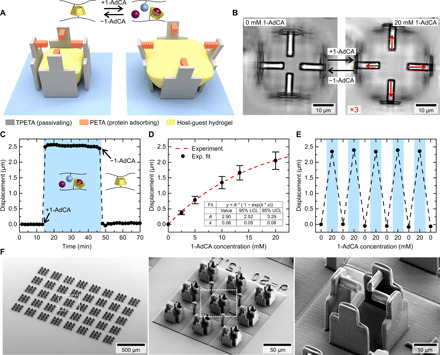Fig. 2. Stimuli-responsive composite microscaffolds.

(A) Schematic image of the microscaffolds, fabricated by 3D laser lithography with three different materials. Addition of 1-AdCA leads to a swelling of the hydrogel and displacement of the beams. (B) Optical micrographs of the two states with and without 1-AdCA. The red arrows indicate the displacement of the individual beams scaled by a factor of 3. (C) Average beam displacement relative to the center for an exemplary scaffold as a function of time. Addition of 1-AdCA leads to a strong positive displacement of the beams away from the center. Rinsing with pure PBS returns the scaffold into the original state. (D) Average displacement as a function of 1-AdCA concentration for multiple scaffolds. The table lists the resulting fit values and the lower and upper confidence limits LCL and UCL. (E) Average beam displacements for multiple cycles of solution exchange demonstrate complete reversibility of the system. (F) Scanning electron microscopy (SEM) micrographs of a typical sample with 360 scaffolds (without the host-guest hydrogel) with increasing magnifications from left to right.
